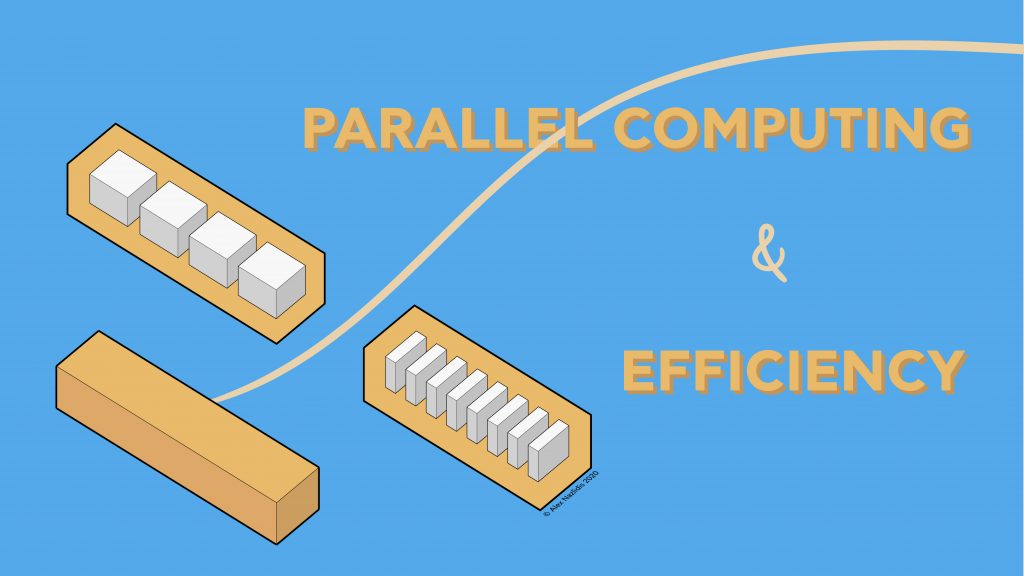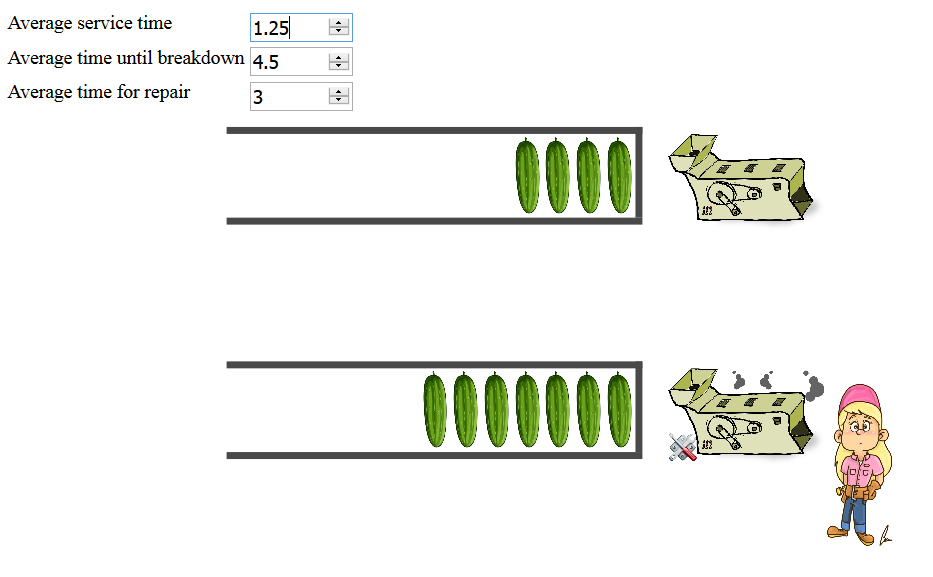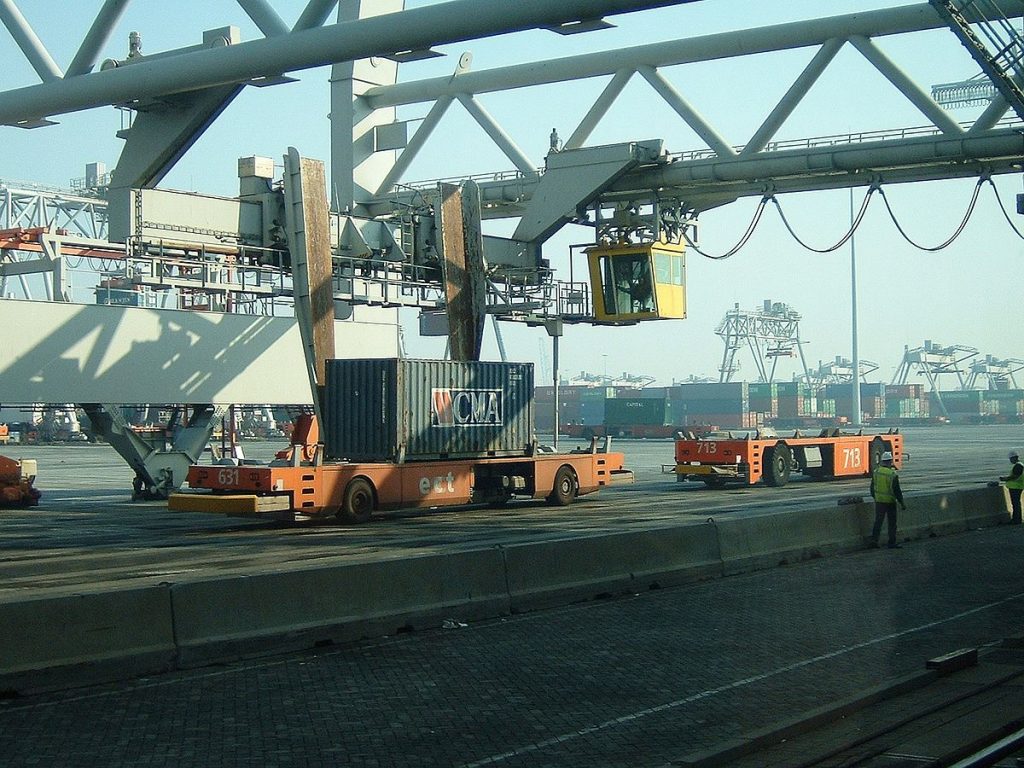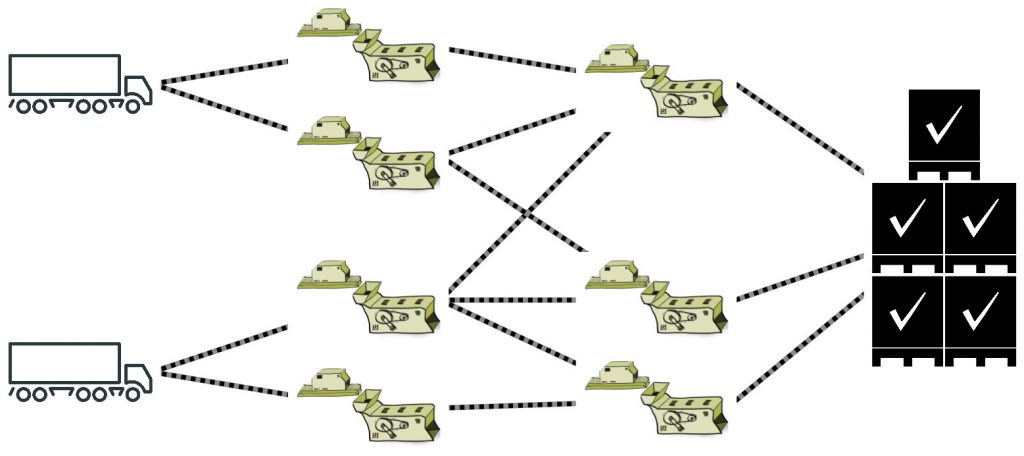How parallel computing can be (in)efficient

Today, we demand much more from our devices and we take for granted that they all work nice and fast. Without realizing, we usually greatly value a speedy processing of our tasks. Speed is thus of the essence, but how do current-day devices cope with this? The answer: your devices can multi-task.
Layered networks III: The math behind manufacturing plants design

Earlier, we have seen that layered queueing networks are found in manufacturing plants, as well as many other applications in society. The math behind such networks is much more challenging than traditional queueing networks.
Layered networks II: The layered character of manufacturing plants

We have seen that queueing networks can be a great aid to answering such design questions. In this article, we look more closely at what queueing networks in manufacturing plants look like. It turns out that they have a very distinctive feature in that they are layered.
Layered networks I: From manufacturing plants to queueing networks

Manufacturing plants convert raw material into a final product. Think of cars, where the production line consists of a large number of phases to put all the different parts together into a working car. Big machines in such a plant perform the processing steps in different phases, which often have to be done in a specific order.
